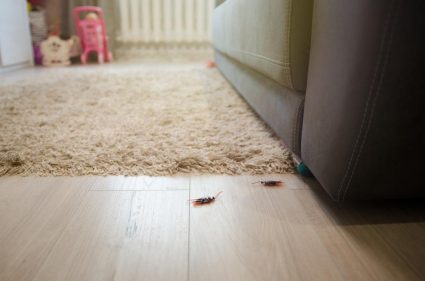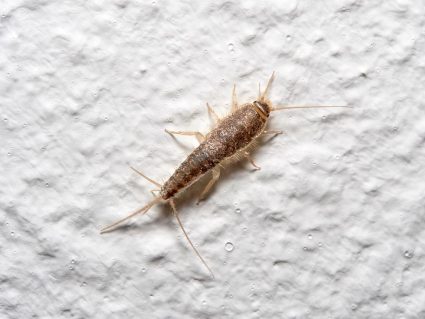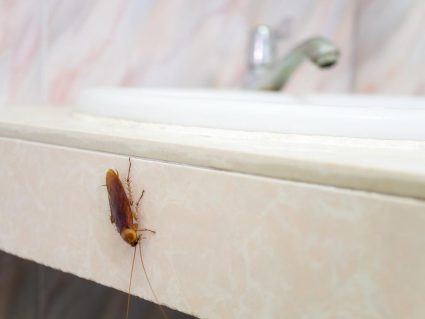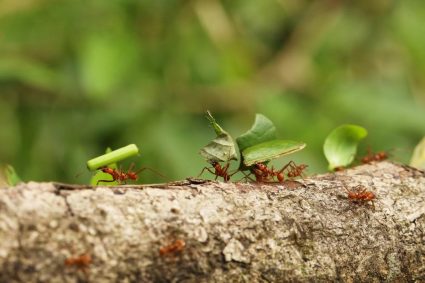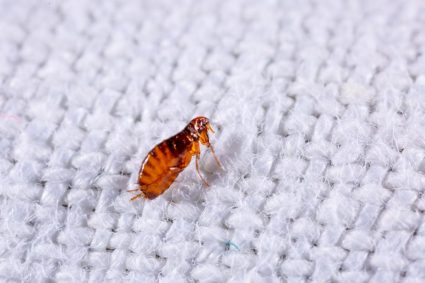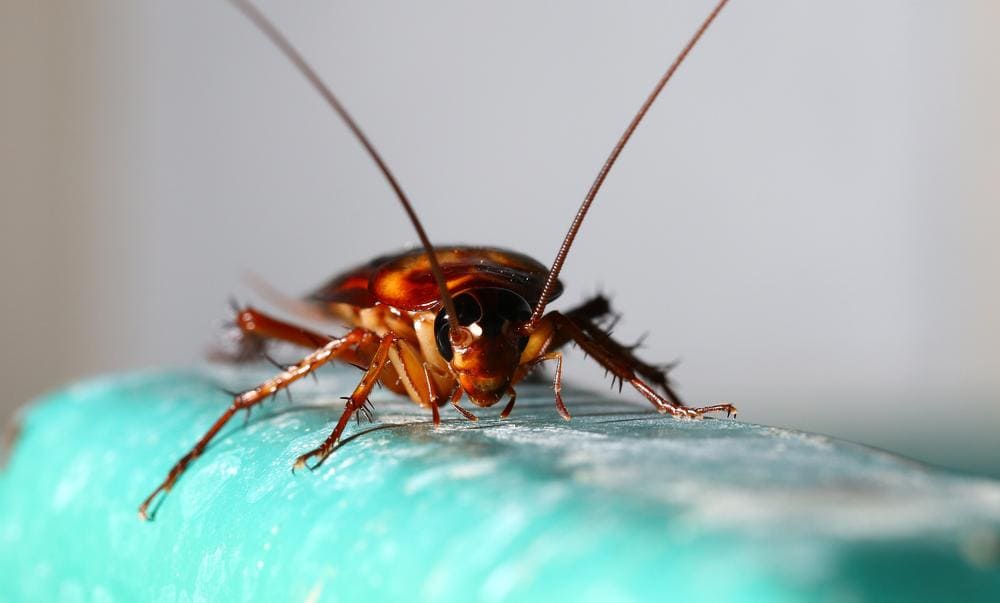
Cockroaches, with their rapid reproduction and resilience, can be a nightmare for homeowners. Understanding their reproduction cycle can aid in effective pest control. In this article, we delve into the question: How long are roaches pregnant? We’ll explore the gestation period of various cockroach species, the factors affecting their reproduction, and how to prevent them from laying eggs in your home.
The gestation period of a cockroach, or the time it takes for the eggs to develop and hatch, varies based on the species. The German cockroach has a gestation period of around 28 days, the American cockroach around 44 days, the Oriental cockroach about two months, and the Brown-banded cockroach around 50 days. However, it’s important to note that cockroaches don’t go through a conventional pregnancy. Instead, they carry eggs in a protective case called an ootheca.
What does ‘Pregnancy’ Mean for Roaches?
Unlike mammals, cockroaches do not go through a conventional pregnancy. Instead, they carry eggs in a protective case called an ootheca. The term ‘gestation’ for roaches refers to the time it takes for the eggs to develop and hatch within this ootheca.
How Long is the Gestation Period?
The gestation period for a cockroach varies based on the species:
- German cockroach: The average gestation period is 28 days, and they carry 30 to 40 eggs per ootheca.
- American cockroach: The gestation period is about 44 days, with around 16 eggs per ootheca.
- Oriental cockroach: The gestation period is about two months, and they carry about 16 eggs per ootheca.
- Brown-banded cockroach: The gestation period is 50 days, with approximately 16 eggs per ootheca.
Reproduction Rate
A female German cockroach can produce an estimated four or five oothecae in her lifespan, each containing about 20 to 40 eggs. An adult female American cockroach can lay eggs once every two months, with about four oothecae during her lifetime. A roach’s lifetime can result in the production of 200 to 300 offspring or 6 generations a year.
Factors Affecting Roach Reproduction
Several factors can impact the reproduction rate of roaches:
- Environmental factors: Temperature and humidity can influence the time it takes for eggs to hatch and nymphs to reach adulthood.
- Species: Different cockroach species have varying reproductive rates.
- Tactile stimulation: Female cockroaches reproduce faster when they are touched by other roaches.
- Egg protection: Some species carry their egg capsules for an extended period, which protects the eggs from predation and increases the chances of successful hatching.
- Availability of resources: Food, water, and shelter are essential for roach growth and reproduction.
Identifying a Pregnant Roach
A pregnant cockroach can be identified by a visibly swollen abdomen and a pill-shaped protrusion sticking out of its rear end. This protrusion, known as an ootheca, contains the eggs and extends further as more eggs develop inside the female cockroach.
Preventing Roaches from Laying Eggs
To prevent roaches from laying eggs in your home, maintain cleanliness, declutter your space, use natural repellents, seal cracks and crevices, monitor humidity, and dispose of potential egg-laying sites. Using insect growth regulators or hiring a professional exterminator can also be effective.
By understanding the reproduction cycle of cockroaches, homeowners can devise effective strategies to control these pests. Remember, a clean and clutter-free home is your first line of defense against a roach infestation.
Frequently Asked Questions
What is an ootheca?
An ootheca is a protective case where female cockroaches carry their eggs. It is usually pill-shaped and protrudes from the abdomen of a pregnant cockroach.
Are all cockroach species pests?
No, not all cockroach species are pests. There are about 4,600 species of cockroaches, but only around 30 species are associated with human habitats and considered pests.
Can cockroaches reproduce without mating?
Yes, some species of cockroaches can reproduce without mating, a phenomenon known as parthenogenesis. However, this is not common and usually results in offspring that are all female.
How long does a cockroach live?
The lifespan of a cockroach varies by species, but generally, they live for about a year. However, in ideal conditions, some species can live up to two years.
What are natural repellents for cockroaches?
Some natural repellents for cockroaches include bay leaves, catnip, and essential oils like peppermint, eucalyptus, and tea tree oil. These substances are believed to deter cockroaches, but they may not be as effective as professional pest control methods.


